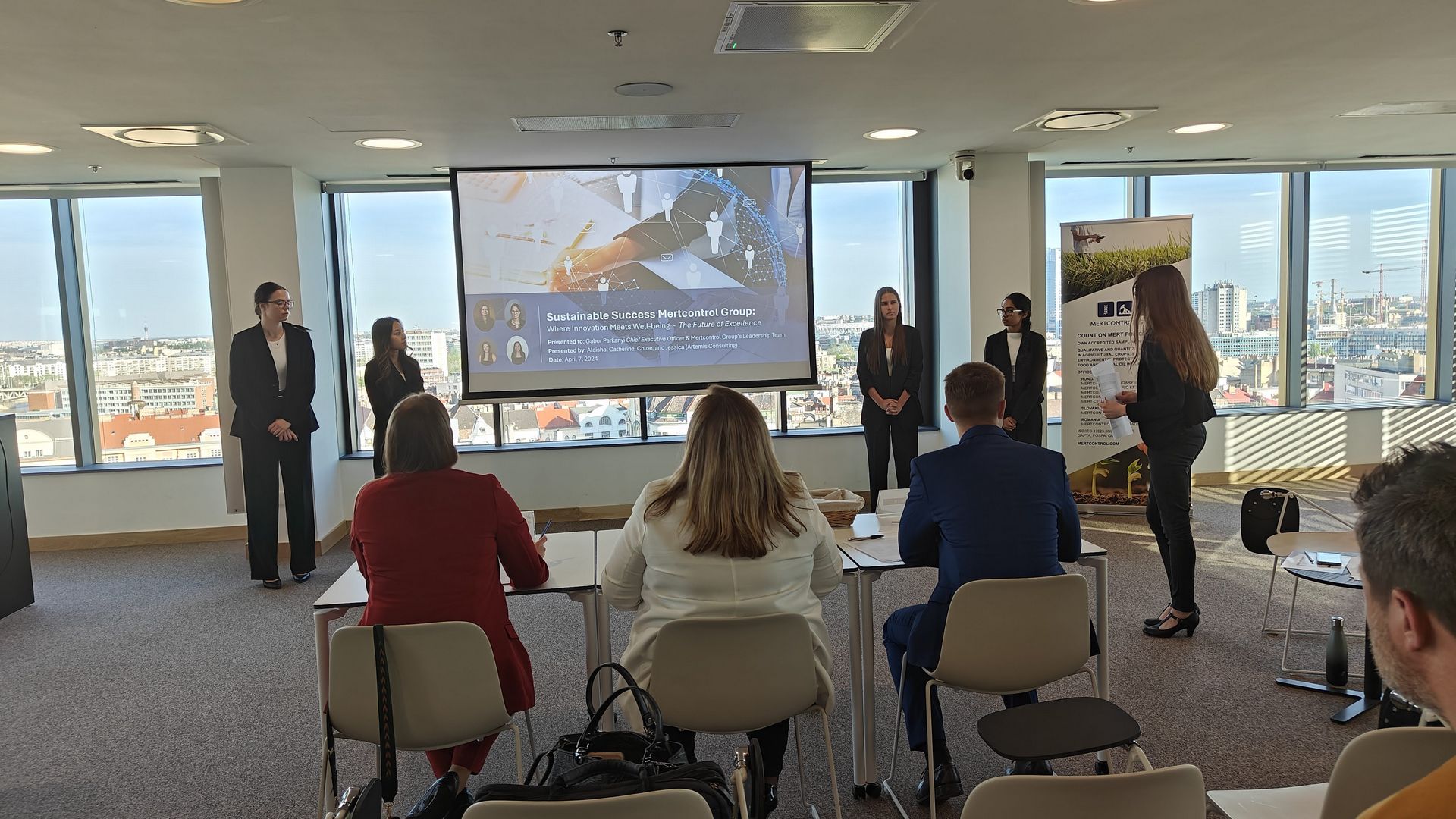Originally posted on LinkedIn on June 28, 2024
This article is written by Cam Welsh, a coach with over two decades of experience guiding successful case-solving teams at the Haskayne School of Business at the University of Calgary.
Throughout my experience coaching over 300 case-solving teams, I've found that starting the case poses the most significant challenge for a team. After reading the case, teams often struggle with the next steps. Recently, during a podcast featuring Rory Sutherland, I was struck by his observation that the skills required to make decisions and solve problems are distinct. This resonated with me and is central to the theme of this episode, where my focus will be on the skills needed to solve problems.
So, what advice can I offer to teams once they have read the case? Over the years, I have advised teams to answer four critical questions individually and then discuss their answers as a team:
Whom is your solution aimed at? (be specific and use names if possible)
What is your (the team's) role? (employee, external consultant, internal consultant, etc.)
What is the problem? (see Episode 2)
What is the solution? (discussion of this topic is coming in a later episode)
Following individual answers, the team must discuss and reach a consensus on each answer. It's important to note regarding the answer to the first question that unless instructed otherwise or the issue is so critical that it will harm the organization, the audience's role (judges or jury) is senior management, not the board of directors.
Team members should strive for unity without keeping score, which often hinders team performance and solution quality. What I mean by "keeping score" is that team members, or worse, one member keep a tally of how many of their ideas are adopted. This issue is particularly prevalent among MBA teams. My message to MBAs is to set egos aside and focus on defending the solution effectively.
Reaching a consensus is a crucial step. As a coach, I offer potential ways to reach a consensus, emphasizing that the solution must come from the team to build belief and support. Techniques such as voting, quick storyboarding, and playing devil's advocate can be employed to achieve consensus. In my debrief discussions with teams, most teams use a combination of techniques, with taking a vote being the last resort. Often, teams tell me that the consensus comes from a quick but robust discussion of the answers. In many cases, the answers are similar for each individual for the first three questions, and a more robust discussion is needed for the last question. As teams develop over time, the discussion of the last question and the consensus come from the team's thoughts on the evidence available to defend and support that particular solution. Teams also tell me that the discussion of the solution often results in modifications of the solution proposed by the individual.
Following this, teams need to compile evidence and ensure the financial viability of the solution. I provide a checklist and tools for teams to use (https://docs.google.com/document/d/1R720DCbDsgblStbJu0kTkmxtkRXVUW9L/edit?usp=sharing&ouid=114364310520359053985&rtpof=true&sd=true) to help them through the process and the full case-solving discussion.
The next steps depend on the time available for resolution. Resolutions under 4 or 5 hours require a decisive approach. The team needs to go with the decision unless there is evidence that it is not financially viable. Resolutions longer than 5 hours offer an opportunity for outside research if permitted. In these cases, a decision is required in this initial step. The advantage in these cases is time. Time can be spent doing research and tweaking the decision on the solution. Ideally, the team in the decision process will define the research that needs to be completed. If the solution is not financially viable, the team must go back and change the solution, so communication with the person assigned to the finance role is essential in this early step.
The next episode will detail the process of building evidence and conducting the necessary analysis
